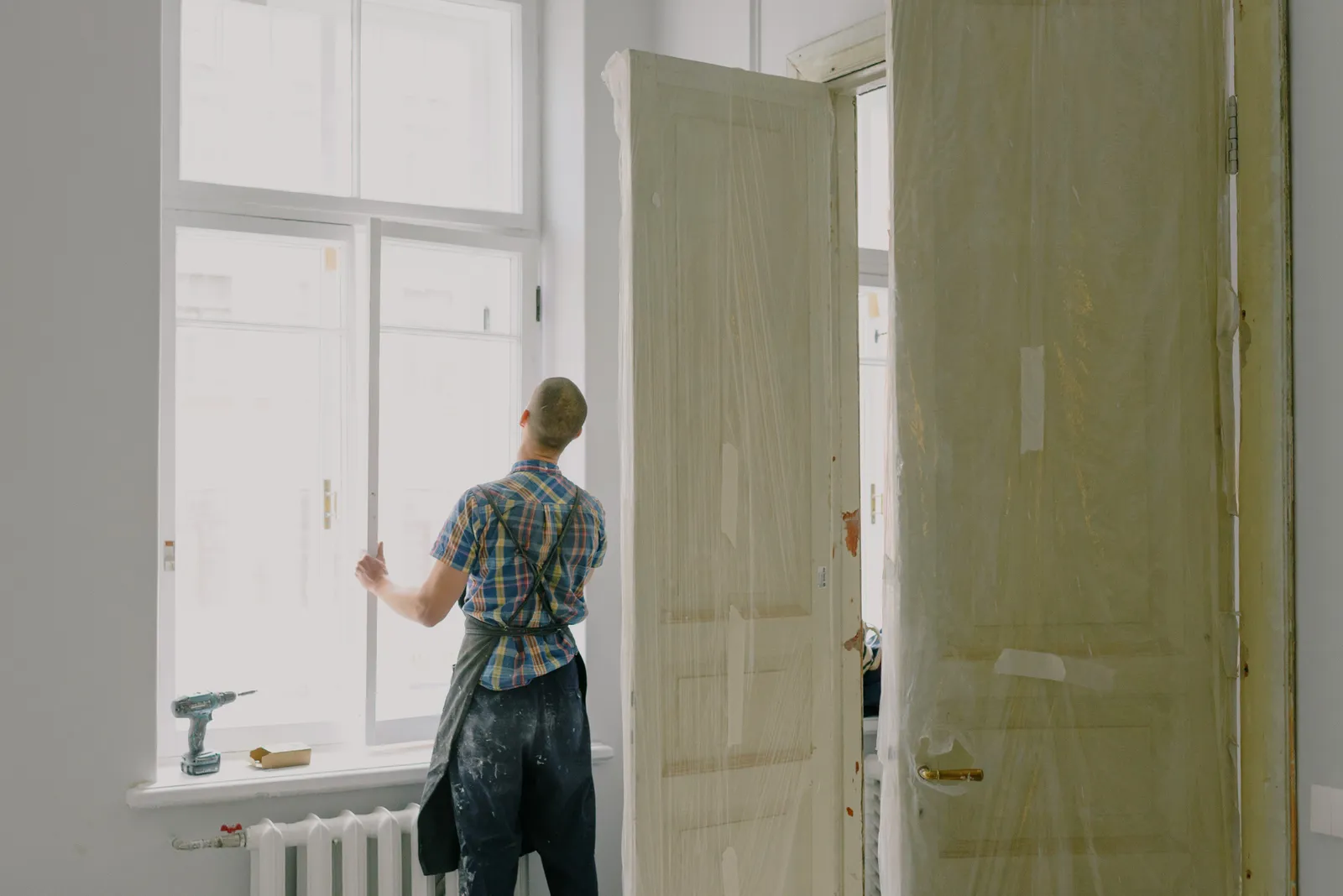Clutter can have more serious repercussions than you realize – it can actually negatively impact your health! Studies indicate that having an unorganized home can increase stress levels and fatigue levels.
Decluttering doesn’t have to be difficult! Use these Tips for Decluttering an Stress-Free Home for an easier, less time consuming, more enjoyable process.
1. Start Small
Everybody accumulates clutter, but when it becomes excessive it can create stress that negatively impacts every aspect of your life. Therefore it’s vitally important that you declutter your home on an ongoing basis to reduce stress levels before the mess becomes overwhelming.
Start decluttering one room at a time rather than trying to take on all at once, as that allows you to focus on those areas most troubling you, like countertops and floors, open shelves and storage-type furniture such as ottomans and hutches that might cause you stress.
Start small by starting with 10 minutes to tidy one area of a room – such as shelves or drawers – which will provide you with a sense of accomplishment that will motivate you to continue!
2. Focus on one category at a time
Decluttering is an individual process; however, in general it involves purging unwanted or unnecessary objects. Successful decluttering strategies involve targeting one category at a time: for example if working on your closet, collect all items that don’t belong there before making your decision on whether to keep or donate.
A step-by-step approach makes it easier to focus on each area without becoming overwhelmed, while seeing your progress can be very motivating! Not only will you save both time and money with this strategy, but you will also experience greater enjoyment from your space as well as have more energy for other pursuits!
3. Get rid of duplicates
Clutter makes it difficult to locate what you need and can even pose health hazards, with items or wires lying around that someone could trip over. Furthermore, having an untidy home can have adverse psychological consequences that leave you feeling overwhelmed and anxious.
Marie Kondo’s KonMari method is one popular approach to decluttering. This involves going through your belongings categorically, keeping only those items that “spark joy.” However, if there are too many of one type of item – for instance shoes – then selling or donating may be necessary.
Your goals and values should guide the decision about selling or donating clutter; hopefully these decluttering tips can help you determine which option is the most appropriate!
4. Donate or sell
If you’re having difficulty deciding how to dispose of items you no longer require or desire, consider donating them. Not only is this an efficient way of clearing away clutter quickly and giving back at the same time; setting aside containers specifically for donated items as you declutter will ensure nothing slips through and accidentally gets thrown away instead.
Consider making donating items part of your routine as you work through your home, to prevent yourself from getting sidetracked by anything you find! If you wish to preserve memories associated with items you’re parting ways with, take pictures instead of keeping the physical item. This will both save space and allow the memory to live on.
5. Put things away as soon as you’re done using them
Clutter can make a space feel smaller and create stress. Decluttering is a straightforward task that will make your home more relaxing and practical.
To avoid clutter from building up, it’s a good idea to put items away as soon as you are finished with them. Doing this will get into the habit of tidying regularly – helping maintain an orderly space between major decluttering sessions.
If you find yourself struggling to stay on track with your decluttering plans, setting a reminder or using digital reminders may help keep yourself accountable and ensure success. Remember it’s alright to take breaks – decluttering can be both physically and mentally taxing; just return when feeling refreshed!




